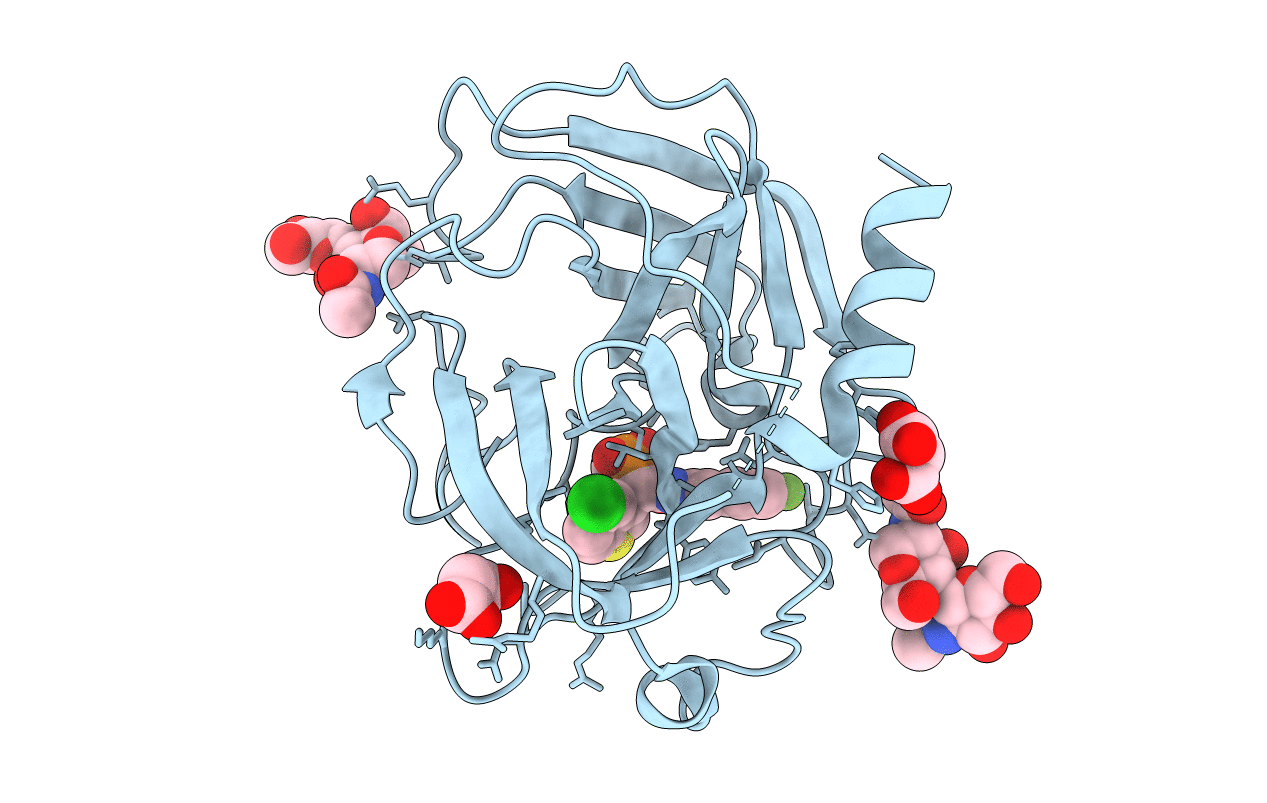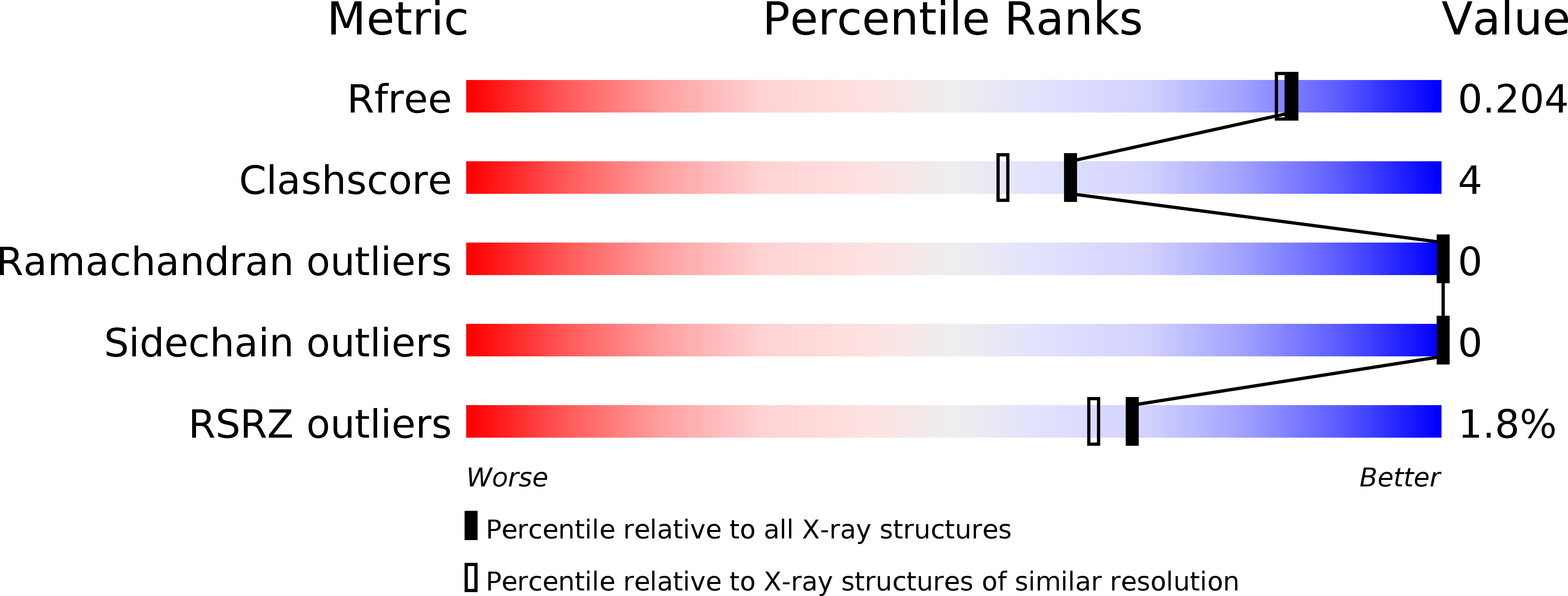
Deposition Date
2010-05-27
Release Date
2010-07-21
Last Version Date
2024-10-09
Entry Detail
PDB ID:
3N7O
Keywords:
Title:
X-ray structure of human chymase in complex with small molecule inhibitor.
Biological Source:
Source Organism:
Homo sapiens (Taxon ID: 9606)
Host Organism:
Method Details:
Experimental Method:
Resolution:
1.80 Å
R-Value Free:
0.20
R-Value Work:
0.18
R-Value Observed:
0.18
Space Group:
I 2 3


